 This month’s theme at one of my group blogs is The Cutting Room floor, where everyone will share deleted scenes or talk about the revision process.
This month’s theme at one of my group blogs is The Cutting Room floor, where everyone will share deleted scenes or talk about the revision process.
It’s apropos timing for me – and I thought I’d share here, too – because just this week I released a novella that’s essentially one big deleted scene.
*cough*
And, really – I almost never do this. I save pretty much everything I cut from manuscripts, which typically isn’t much. The revision process for me almost always consists of adding, not deleting. However, I’m usually of the opinion that I cut them for a reason and they don’t need to ever see the light of day.
This novella, The Crown of the Queen, is with Grace Draven’s The Undying King in our brand new duology FOR CROWN AND KINGDOM. And it’s obviously seeing the light of day in a big way.
 See, what happened was that I wrote THE PAGES OF THE MIND, which is technically book one in The Uncharted Realms, but chronologically follows book three in The Twelve Kingdoms, THE TALON OF THE HAWK. The way my story brain works, and because I moved to a new point of view (POV), I picked up the tale with the heroine of the new book, Dafne, who’d been left behind in Annfwn for safety and wasn’t there for the climax of the ultimate events in TALON. This was important to me for a number of reasons. One is that it’s key to Dafne’s character – and her journey – that she’s always sidelined. She’s been forever on the fringes of everyone else’s adventures. So, she needed to start from that place. Another reason is that she discovers things in the Annfwn library that become relevant much later.
See, what happened was that I wrote THE PAGES OF THE MIND, which is technically book one in The Uncharted Realms, but chronologically follows book three in The Twelve Kingdoms, THE TALON OF THE HAWK. The way my story brain works, and because I moved to a new point of view (POV), I picked up the tale with the heroine of the new book, Dafne, who’d been left behind in Annfwn for safety and wasn’t there for the climax of the ultimate events in TALON. This was important to me for a number of reasons. One is that it’s key to Dafne’s character – and her journey – that she’s always sidelined. She’s been forever on the fringes of everyone else’s adventures. So, she needed to start from that place. Another reason is that she discovers things in the Annfwn library that become relevant much later.
There was one huge problem with this – by the time I finished THE PAGES OF THE MIND, it was 1) too long, and 2) took way too long to get to the heart of the story. My editor asked me to decapitate the book (his actual words), which meant cutting about 17,000 words. I wasn’t surprised, as I’d worried the story would be too top-heavy, but I also felt that part of the story formed a critical bridge and needed to be told. My editor, frankly relieved that I didn’t have a fit over the “suggestion,” suggested that I self-publish the story as a novella.
Serendipitously enough, Grace Draven had asked me to do a duology with her around the same time, so woo hoo!! I revised and expanded Dafne’s interim story to 26K and called it THE CROWN OF THE QUEEN. Amusingly, Grace also expanded her story considerably and it’s as lovely as all of her work.
Two epic tales of Fantasy romance from Jeffe Kennedy and Grace Draven.
FOR CROWN AND KINGDOM
The Crown of the Queen: a novella of the Twelve Kingdoms
It’s been a lifetime since librarian Dafne Mailloux saw the coronation of the tyrant who destroyed her family. She did her part to pull him off the High Throne. But his daughter, the would-be Queen, and her sisters must still tame their conquest. If her victory is to last, Dafne must forge peace with the subtle, ruthless methods of a diplomat—and the worst memories of her life . . .
The Undying King
The stories are told in whispers, even after so long: of a man whose fair rule soured when he attained eternal youth. Imprisoned by a sorceress wife in a city out of time and place, he has passed into legend. Few believe in him, and fewer would set their hopes on his mercy. But Imogen has no choice. To break the curse that’s isolated her since birth, she’ll find the Undying King—and answer his secrets with her own…
Buy the Book
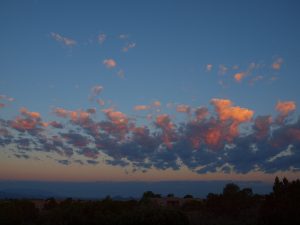
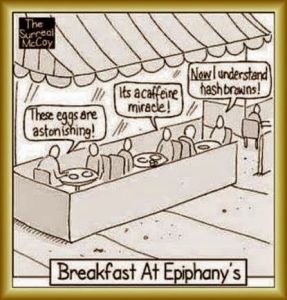 I used this cartoon in an online class I’m teaching on using the sexual journey as a tool for character transformation. It cracks me up every time, so I thought I’d share here.
I used this cartoon in an online class I’m teaching on using the sexual journey as a tool for character transformation. It cracks me up every time, so I thought I’d share here. 
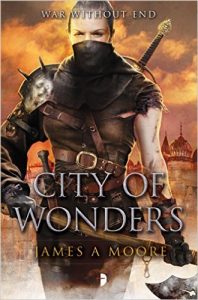
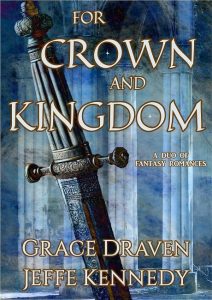 It’s been a great week for my duology with Grace Draven,
It’s been a great week for my duology with Grace Draven, 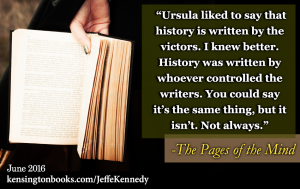 I’m over at the SFF7 this morning, mulling this week’s topic:
I’m over at the SFF7 this morning, mulling this week’s topic: 

 See, what happened was that I wrote
See, what happened was that I wrote 
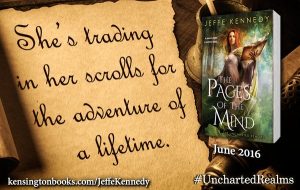 At long last,
At long last, 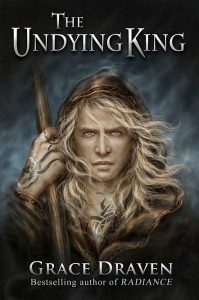
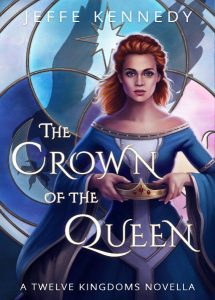
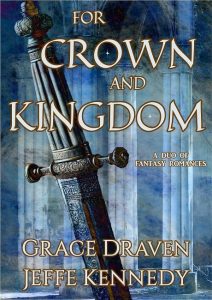
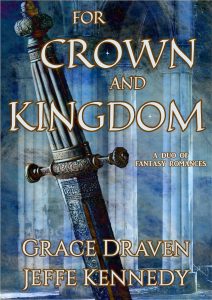 A couple of years ago, in the fall of 2013, I read a book called
A couple of years ago, in the fall of 2013, I read a book called 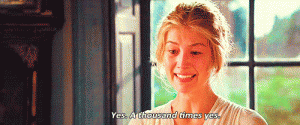
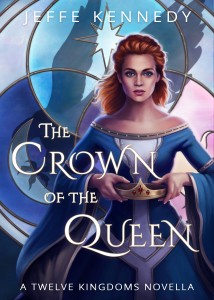 It contains my story,
It contains my story, 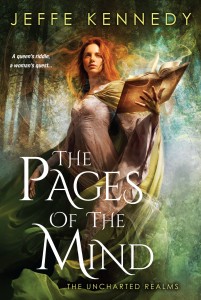 Grace’s story is a stand-alone called THE UNDYING KING.
Grace’s story is a stand-alone called THE UNDYING KING. 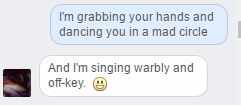 See why we like to work together?
See why we like to work together?